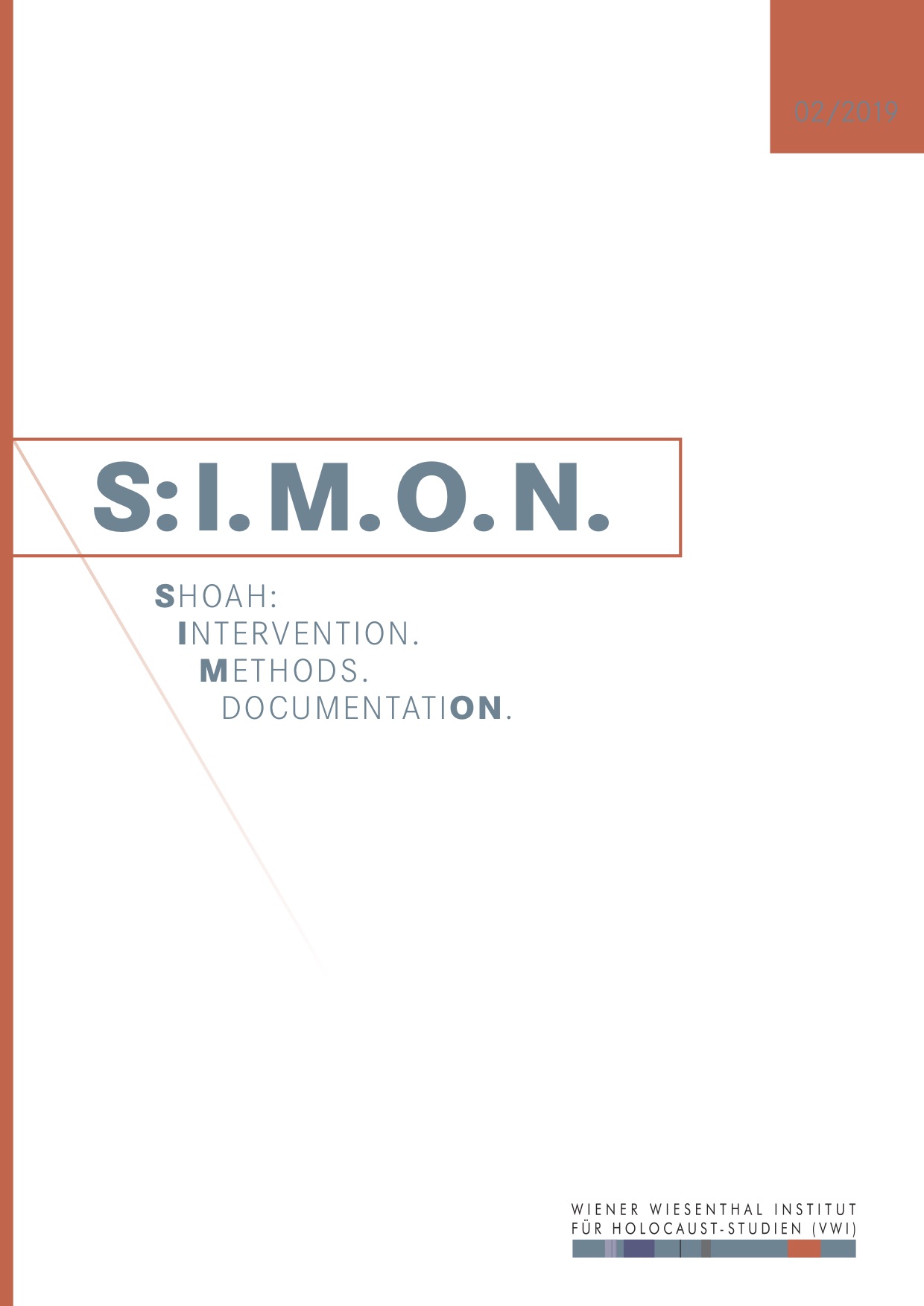“We beg you not to equate the names of Gypsies and knife-grinders with honest traders”. Itinerant Trade and the Racialisation of ‘Gypsies’ in the
Czech Lands between 1918 and 1938
“We beg you not to equate the names of Gypsies and knife-grinders with honest traders”. Itinerant Trade and the Racialisation of ‘Gypsies’ in the
Czech Lands between 1918 and 1938
Author(s): Pavel BalounSubject(s): Political history, Social history, Pre-WW I & WW I (1900 -1919), Interwar Period (1920 - 1939), Inter-Ethnic Relations, Politics and Identity
Published by: Wiener Wiesenthal Institut für Holocaust-Studien
Keywords: anti-Gypsy measures; itinerant traders; interwar period; racialization;
Summary/Abstract: This article focusses on common contemporary associations of itinerant trades with ‘Gypsyness’and the consequent relationship between adopting anti-Gypsy measures and state intentions to regulate the profession of itinerant trades. By analysing the intended bill on itinerant trades, this article shows how administrative police terms such as ‘Gypsies’ and ‘workshies’ were intertwined. It further argues that limiting space for mobile, self-employed economic activities went hand in hand with legalising the status of second-class citizens in1927 when a new law On Wandering Gypsies was passed by the Czechoslovak Parliament.The article also analyses the agency of one particular itinerant traders’ association called Kotva (Anchor) and pays attention to the traders’ manifold defensive strategies. Because of their close contacts with Roma and Sinti (with whom they shared social and economic spaces)the traders sought to set themselves apart from Gypsies and to present themselves as ‘decentcitizens’, in other words part of the Czechoslovak nation. In their successful effort to shield themselves from being included in the new police register of ‘wandering Gypsies’, they reproduced and amplified the state aim to eliminate ‘work-shies’ among itinerant traders.The article thus deals with the process of racialization of the category of ‘Gypsies’ in interwar Czechoslovakia, with racialization here being presented as an intricate historical process which was influenced even by non-state historical actors.
Journal: S:I.M.O.N. Shoah: Intervention. Methods. Documentation.
- Issue Year: 6/2019
- Issue No: 2
- Page Range: 44-54
- Page Count: 11
- Language: English

